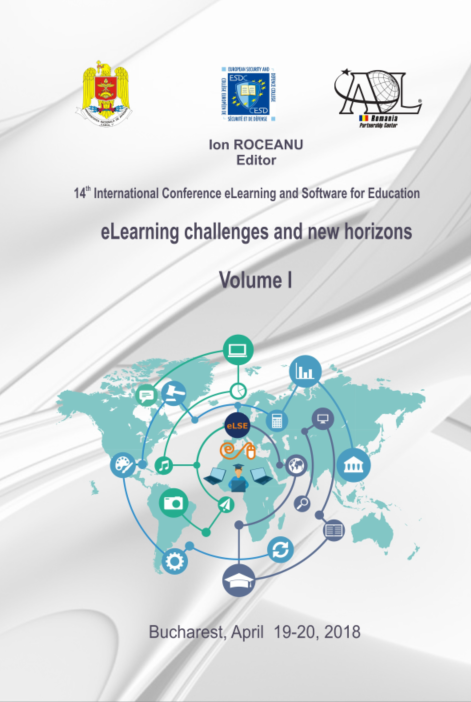The Impact of Using Timlogoro Platform in Language Disorders Therapies. Research in Progress
The Impact of Using Timlogoro Platform in Language Disorders Therapies. Research in Progress
Author(s): Silvia Făt, Georgeta Pânișoară, Cristina Sandu, Cristina Lazăr, Adriana MălureanuSubject(s): Social Sciences, Education
Published by: Carol I National Defence University Publishing House
Keywords: speech therapy; digital multiplatform; CASLT; computer assisted speech and language therapy;
Summary/Abstract: This article presents the evolution of a project in CASLT domain (computer assisted speech and language therapy) who aims to develop, test and validate computer-aided multiplatform technologies with a high degree of interactivity in language training. Adapted to the linguistic specificity of the Romanian language, this technology becomes a support, not only through the practical tools, but also through the content applied to language development. Technological progress has a significant potential by solutions creation to diminish language disorders. In Romania there are many effective resources. Such an example of a digital platform is TIMLOGORO, which has recently been developed for speech therapy. The designers developed modules using digital games under the guidance of a virtual avatar. The platform also aims to meet the needs of specialists, offering a wide range of attractive activities, as well as games for vocabulary enrichment and the expressive and perceptual language training. TIMLOGORO technology will work with interactive games guided by an avatar specifically created, following the principles used in speech disorders. In respondents opininons, technology is a powerful tool for correcting and alleviating language disorders, with digital support as a resource for diagnosis and intervention for: speech therapists, school counselors, teachers, parents of children with and without disabilities. Timlogoro platform have a number of advantages, reported by the students. Many users and practisioners knows to access computer-based applications that enable them to communicate and write messages in various forms such as text, audio, images, video, animation and simulation. In the field of speech therapy, the respondents appreciate this personalized, collaborative and interactive learning method.
Journal: Conference proceedings of »eLearning and Software for Education« (eLSE)
- Issue Year: 14/2018
- Issue No: 01
- Page Range: 55-62
- Page Count: 8
- Language: English

